w Tongue: Description and Nutritional Facts
Description:
Cow tongue, also known as beef tongue, is a highly versatile and flavorful cut of meat derived from the tongue of a cow. It is a delicacy in various cuisines worldwide, appreciated for its tender texture and rich taste when properly prepared. Commonly used in dishes such as tacos, soups, stews, and sandwiches, cow tongue is often slow-cooked, boiled, braised, or grilled to enhance its tenderness and flavor.
The exterior of the tongue is covered with a rough skin that is typically removed during preparation. Once cooked, the meat offers a melt-in-your-mouth experience, making it a favorite among culinary enthusiasts. Cow tongue is not only a culinary delight but also a nutrient-dense source of essential vitamins and minerals.
Nutritional Facts (per 100 grams):
Cow tongue is both nutritious and satisfying, making it an excellent choice for protein-rich meals. Below is the nutritional breakdown:
- Calories: 224
- Protein: 16.5g
- Fat: 16.0g
- Saturated Fat: 6.4g
- Cholesterol: 80mg
- Carbohydrates: 0g
- Fiber: 0g
- Iron: 2.3mg (12% of the daily recommended intake)
- Vitamin B12: 3.0µg (50% of the daily recommended intake)
- Zinc: 4.1mg (28% of the daily recommended intake)
- Sodium: 70mg
- Potassium: 315mg
Health Benefits:
Cow tongue is an excellent source of protein, which aids in muscle building and repair. Its high levels of vitamin B12 support healthy nerve function and red blood cell formation, while zinc boosts immune health. The iron content contributes to improved oxygen transport in the blood, reducing fatigue.
Preparation Tips:
To prepare, cow tongue is often simmered in flavorful broths with spices and aromatics until tender. It can then be sliced, shredded, or seared for added texture. For best results, pair it with fresh vegetables, tortillas, or bread to create a wholesome meal.


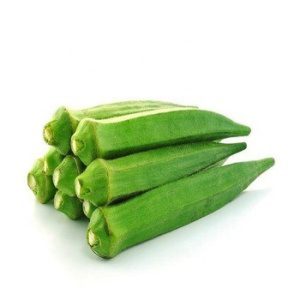
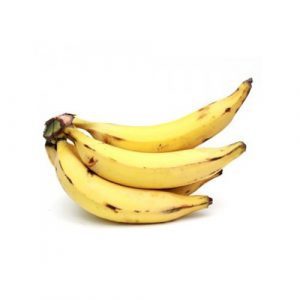
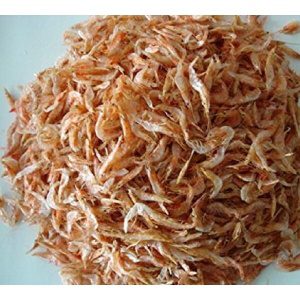
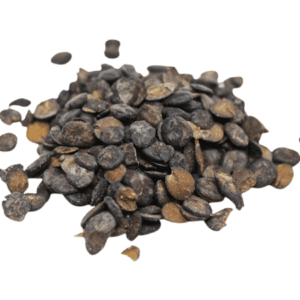
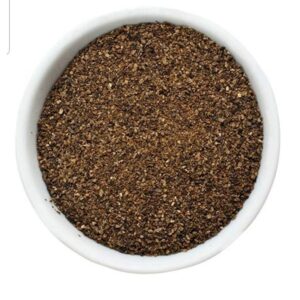



Reviews
There are no reviews yet.